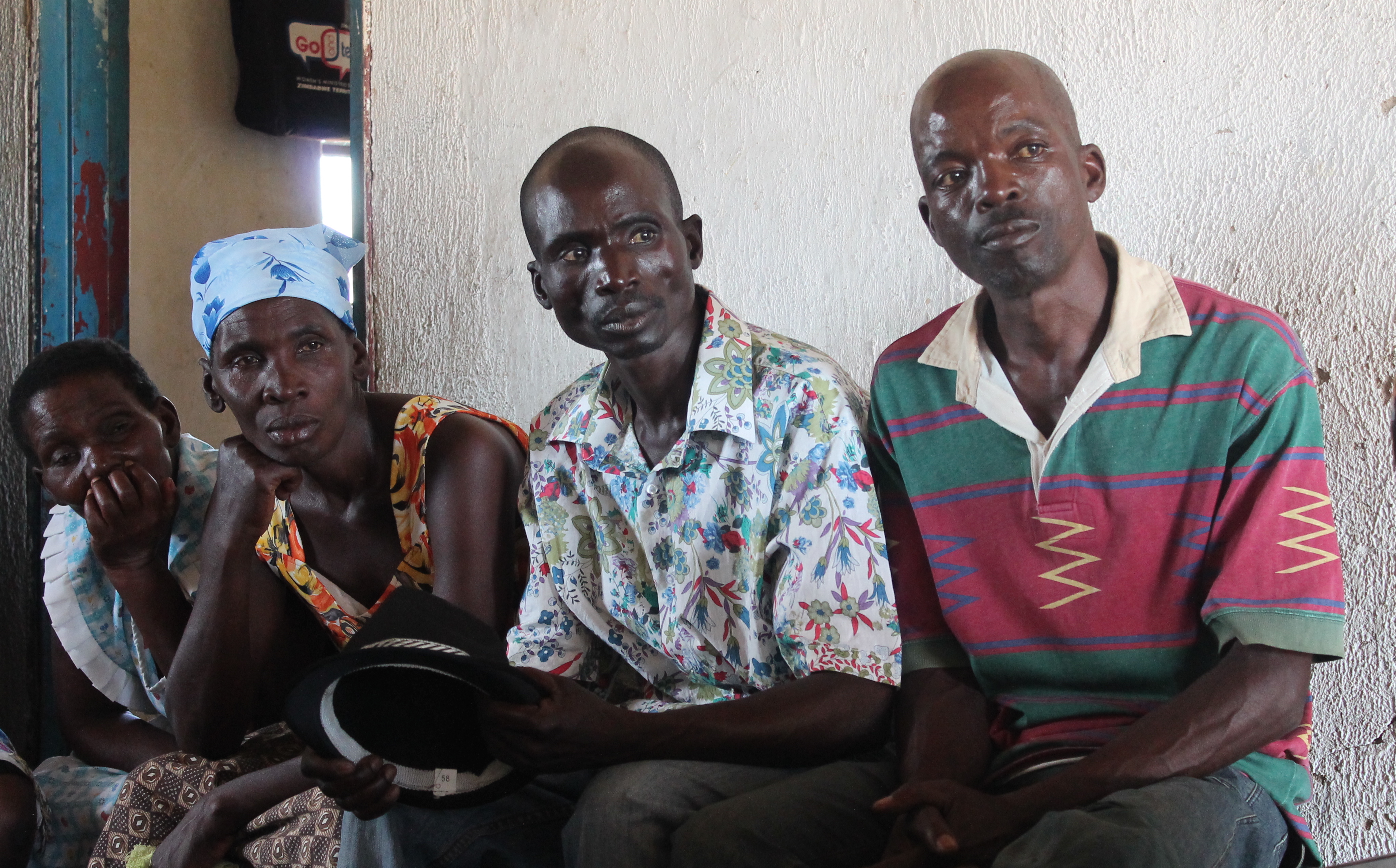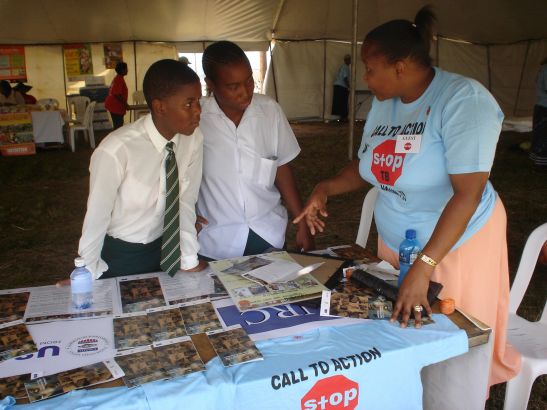
When Lovemore Dzimiri's wife came home from the hospital seven years ago with their new baby daughter, he believed that he had reached the end of his own life. Lovemore, who lives in a rural Zimbabwean village, Nyamutora, was so weak he could not walk from his home to a nearby minibus stop, which, in turn, could transport him to care. But he caught a lift in a scotch cart, a two-wheeled, cow-drawn form of transport that has been used for a few centuries, and a minibus drove him to a hospital 90-minutes away that had a modern medical miracle in its pharmacy: powerful antiretroviral (ARV) drugs that directly target and cripple the enemy that was destroying him, HIV.
At the time, Zimbabwe and most other poor countries around the world followed guidelines from the World Health Organization (WHO) and only offered people ARVs if HIV had badly damaged their immune systems. Lovemore clearly fit the bill. But he thought an HIV diagnosis, ARVs or no ARVs, was a death sentence. "These became the very darkest moments," said Lovemore. Adding to his despair, he worried that he had infected his wife who may have transmitted the virus to their baby, and that they would die early deaths, too. "This is before I had a clear knowledge of the disease," he told me, as we chatted under a cluster of trees outside the church in Nyamutora. To his great relief, "the mother was negative and is still negative," he said, and Lovemore's own health soon rebounded.
On this day in Nyamutora, Lovemore and nearly 150 other HIV-infected people had come to the church to meet with nurses from the same hospital that rescued him. In a novel program, the Chidamoyo Christian Hospital staff has regularly come to the village since 2011 to give HIV-infected people a two-month supply of ARVs and check up on them. The Chidamoyo Day, as they call it, has become something of a social event in the village, and many women gathered in a thatched-roof hut to cook sadza, a bland cornmeal that's a Zimbabwean staple, with the pastor's wife. One of the women was Jessica Kachingamire, Lovemore's wife. He took me to meet her.
I asked Jessica why she had come to the Chidamoyo Day. As I expected, she told me that she enjoyed helping the pastor's wife and seeing how people's health had improved. But she added a detail that startled everyone, including her husband. "I'm HIV positive," she said in Shona. I do not speak Shona, and the woman who translated this was bilingual, but, to be sure, I asked another woman next to us who also was bilingual. Yes, that's what she said. Jessica tested positive when she gave birth in 2008, but their child was not infected.
Jessica explained that she was not yet eligible for ARVs because her immune system was still strong. HIV infects and kills off white blood cells that have CD4 receptors, and WHO recommendations are based on their level. Jessica had "600 and something" when last tested she said, which is the bottom end of normal. At Chidamoyo days, she received CD4 tests and was also given an antibiotic to prevent development of Pneumocystis jiroveci pneumonia, which has killed many HIV-infected people not on ARVs.
After we chatted for a bit, Lovemore and I strolled into the church, where I apologized. I was not asking his wife her HIV status, I said, and I was sorry that he learned of her infection in this awkward way. He assured me that it was fine, and that the information surprised but did not upset him. "I didn't know because she's not taking ARVs," he explained.
HIV/AIDS confuses many people, including those who think they have a clear knowledge of the disease. The virus destroys CD4 cells, but people typically live with the infection for many years without suffering any overt symptoms. You cannot see CD4 cells with your eyes or test their level at home. CD4 cells themselves are an odd concept: They do not directly thwart invaders, but instead serve as conductors of the immune system's orchestra, telling the antibodies and other players when to do their thing. HIV only becomes AIDS when your CD4 count drops below 200. Map on top of this complexity the peculiar idea that ARVs have been reserved for people who have lost a certain number of CD4 cells—and that the cutoff for treatment keeps changing: 200 in 2006, 350 in 2010, and 500 in 2013.
It was only in September 2015 that WHO recommended ditching the CD4 cutoff altogether, a policy adopted in wealthy countries years before. The change came about because it's clear that immediate treatment both helps infected people and their communities: People on ARVs live near normal lives, and they are less likely to transmit their infection. The Joint United Nations Programme on HIV/AIDS indeed recently launched an effort to end the global AIDS epidemic by 2030 that hinges on 81 percent of the world's 36.9 million people living with the virus taking ARVs. Today, only about 16 million have access to the drugs.
There are other factors behind WHO's most recent recommendation shift. The annual price of treating a person with discounted, generic ARVs in sub-Saharan countries has steeply dropped from about $1000 in 2006 to $100. The mainstay ARVs today cause far fewer side effects than nasty drugs like the d4T that was widely used a decade ago. And instead of taking a dozen pills each day at different times, many people now take a single pill, once a day, that contains three different ARVs—a convenience that reduces the chances of people missing doses and developing drug-resistant strains of HIV.
All of which adds up to a whole lot of confusing information.
Zimbabwe has yet to adopt the treatment-for-all mantra, but the country, despite its broken economy, consistently has embraced new WHO recommendations in short order. When it does, this shift will usher in a level of clarity that can only fuel the ending AIDS push. The simple messages are difficult to garble. Everyone living with HIV should take ARVs, which stop the virus from copying itself. The less HIV in your body, the less damage your immune system will suffer—and the less likely you'll spread the virus to someone else. And once those truths become as self-evident as smoking is dangerous and seatbelts save lives, if a man's wife is not taking ARVs and he presumes she's uninfected, he'll probably be right.

Education Resource
Meet the Journalist: Jon Cohen
With support from the Pulitzer Center, Jon Cohen is coordinating a package of stories for four media...






